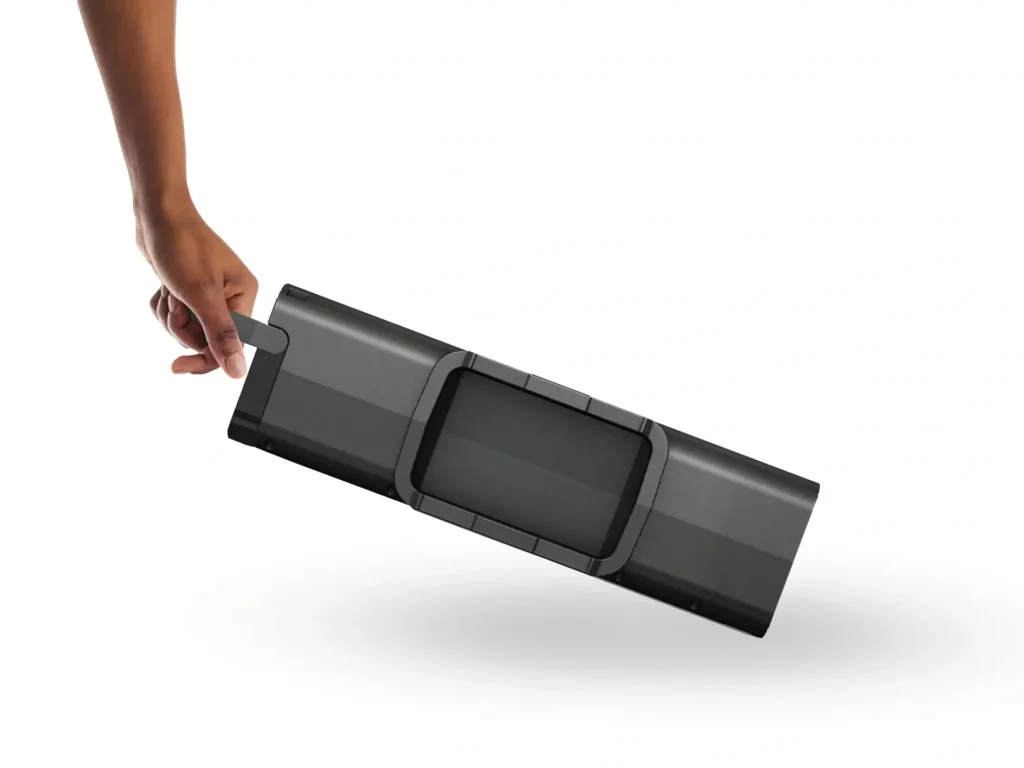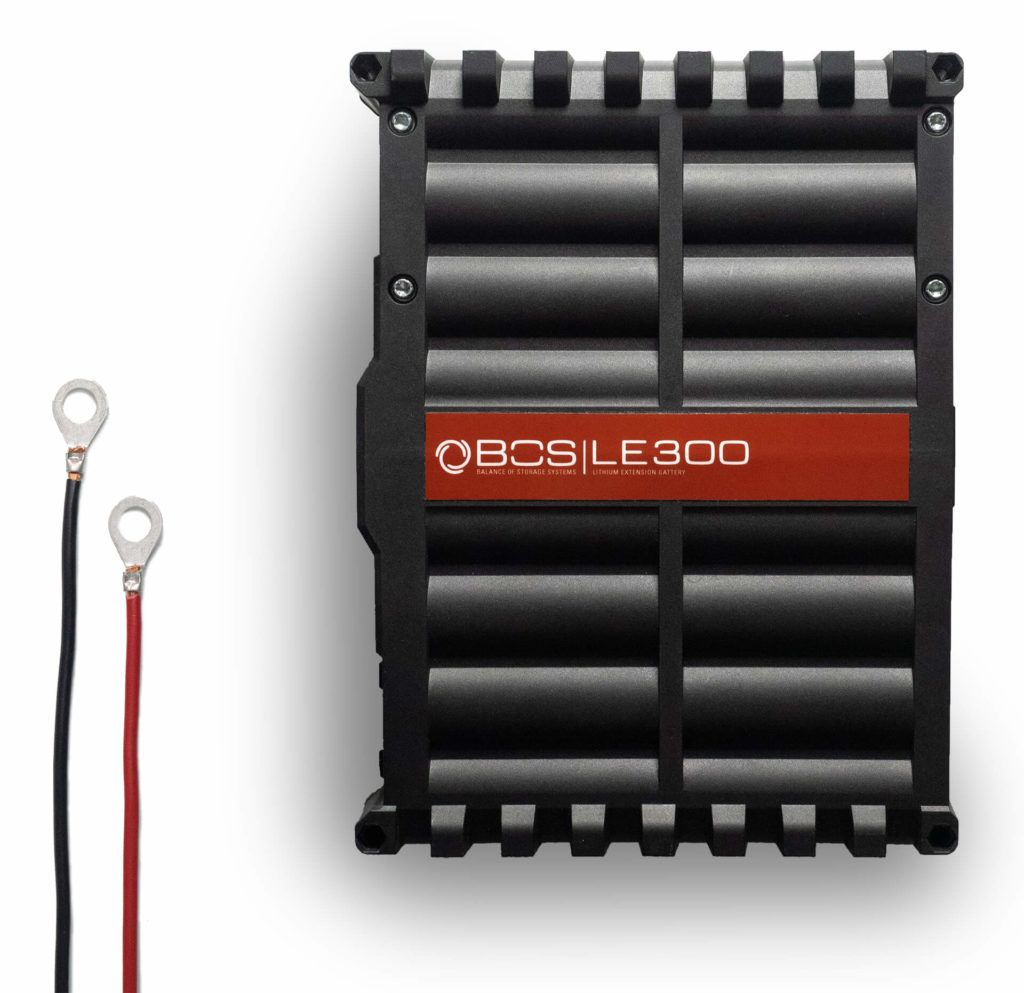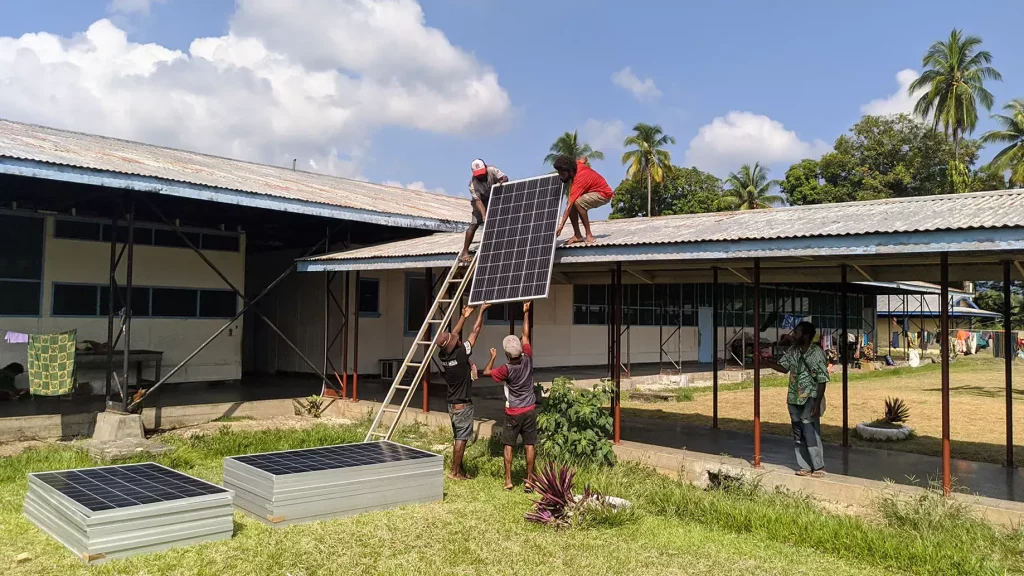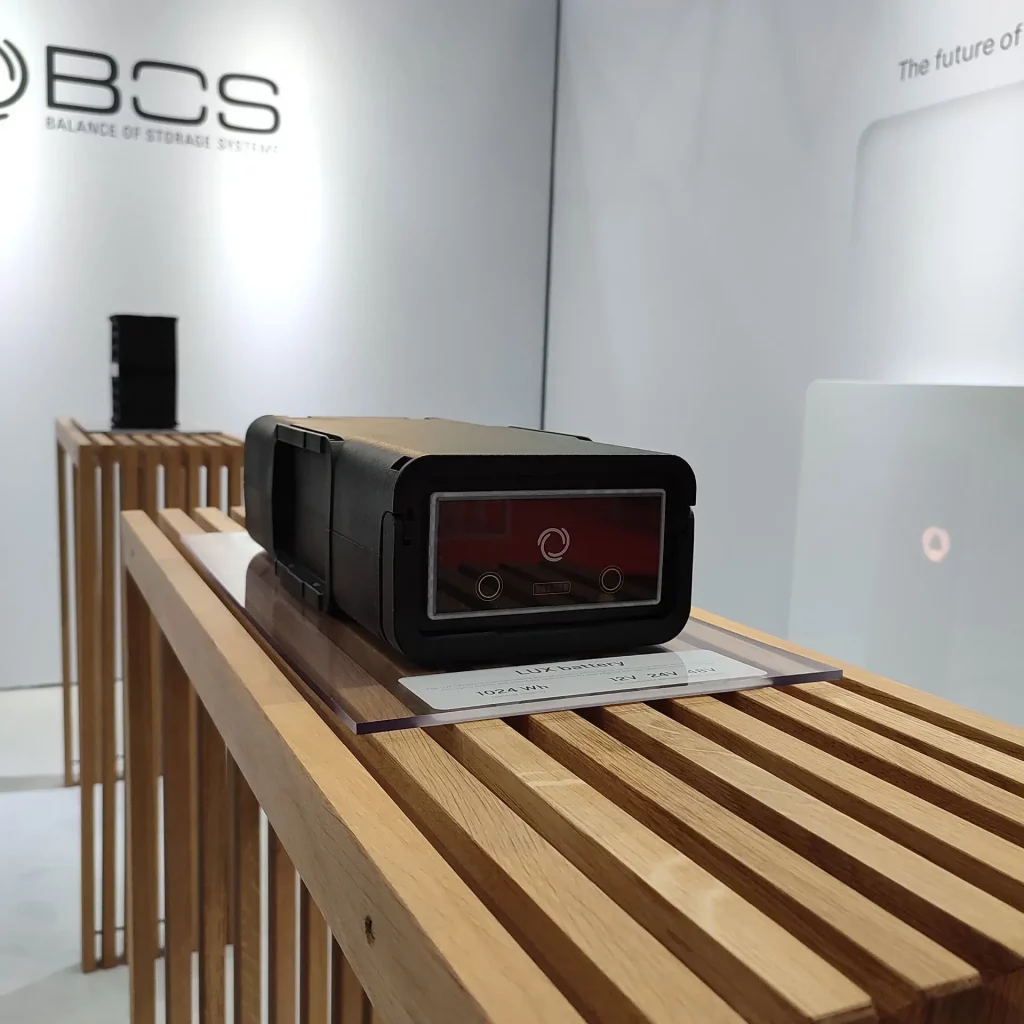Here comes the sun – maximize the performance of your boat's PV system
Want to stay on the water for longer and be energy independent? Then a solar system can be a good solution. See how to get the most out of it by adding lithium to your existing battery system.
Spring is here, and just as after every long and dark winter, there is nothing better than finally getting out on the water. The longer, the better. Just yourself, some friends or family, and the beautiful purity of nature. However, to spend the longest possible time enjoying those first rays of the sun far away from it all, a reliable power supply is crucial.

For those who have enough space on their boat, a solar system can be a good investment. The batteries get recharged every day, and you get some extra time on board. But if you have a lead-acid battery system, there is a downside to it: When they are already 80 percent full or more, lead-acid batteries recharge quite slowly. They cannot absorb much energy anymore. This means that if you do not immediately use the power that your solar system is generating, you will lose it.
This puts you in a bind because you neither want to discharge your lead-acid batteries too deeply. They have the longest lifespan if they are always kept relatively full and are never discharged below 50 percent. That means that you only have about 20 or 30 percent of your battery’s capacity, which you can use to store your solar power efficiently.
Yet, there is a possibility to increase the solar system’s efficiency: by extending the lead-acid batteries with lithium. The LE300 Smart Battery System does just that. It is a plug and play solution installed in parallel with lead-acid batteries (AGM and gel are possible). It automatically extends their capacity and their lifespan by up to ten years.
But why does it increase the efficiency of a solar system? That is because of the charging features of LE300. It is developed to protect lead-acid batteries by always keeping them as fully charged as possible. This means that during the charging process, it will make sure the lead-acid battery charges first. However, once the lead-acid battery starts to charge slowly, the LE300 takes up all energy that cannot be stored at that moment. Lithium cells charge quickly, so the Smart Battery System can easily take up the energy surplus in a pure lead-acid system. As the graphic shows, the combination of lead-acid and lithium battery leads to a higher charge current over a more extended amount of time. Or, to put it simply: You can store more solar energy.
As LE300 is a modular system, you can add as many of them as you want to your existing batteries – up to 24 in total. The German manufacturer BOS recommends at least one module per 100 Ah of lead-acid batteries. With a solar system, this combination brings excellent value for money – regarding batteries AND your solar system — a great product package for days of energy independence.

Off Grid Expo: Education Mile
Off Grid Expo: Education Mile BOS AG as a part of the Education Mile 2021 at the OFF Grid Expo in Augsburg, Germany. Colleges and
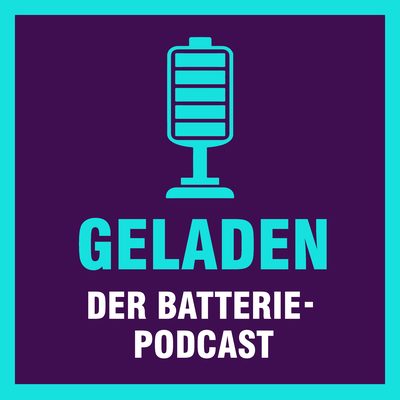
Podcast: GELADEN with Fabian Weber
Podcast: GELADEN with Fabian Weber BOS AG welcomes the podcast team of GELADEN in our headquarter in Neu-Ulm, Germany. GELADEN is a podcast about batteries,
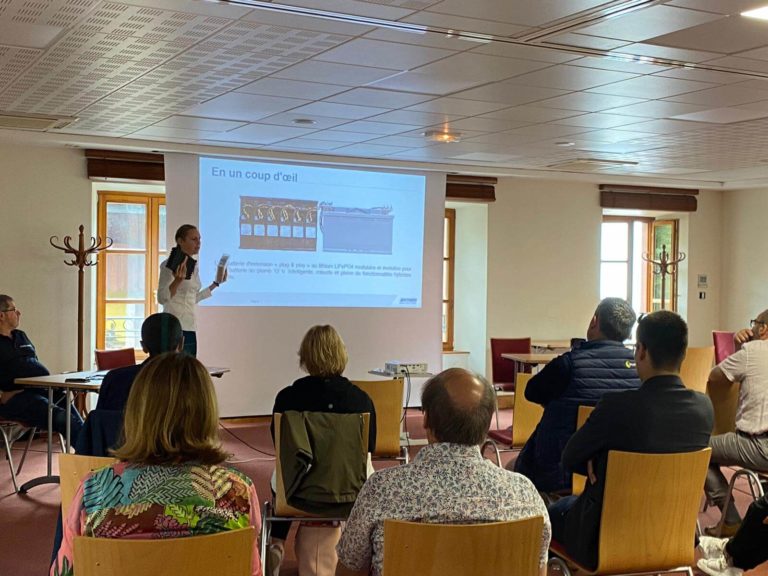
Hymer Smart Battery System training
Sales can be great fun – this is what our team members Daniela and Dominik experienced in the past weeks. In Italy and France, they have successfully trained numerous Hymer partners. A mission, which was not only successful but also highly enjoyable.
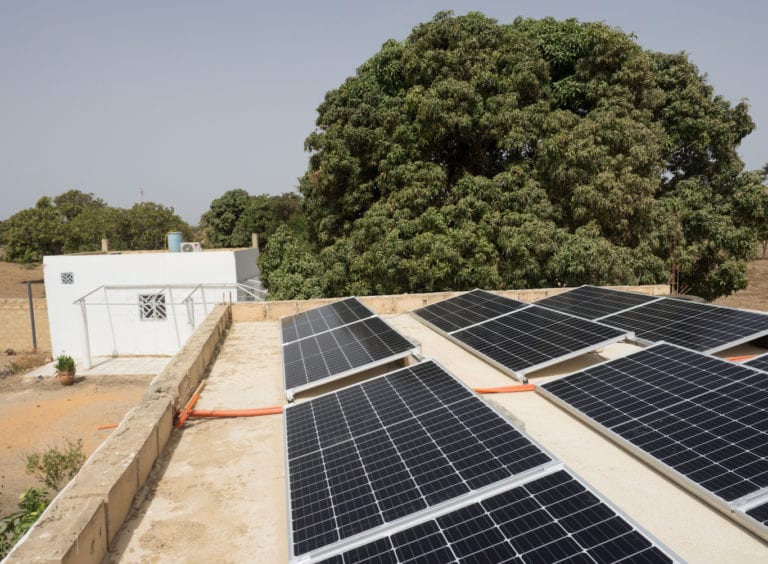
World storage: How will the energy supply of the future look like?
BOS AG and IMTEK are developing a concept for innovative hybrid electricity storage
